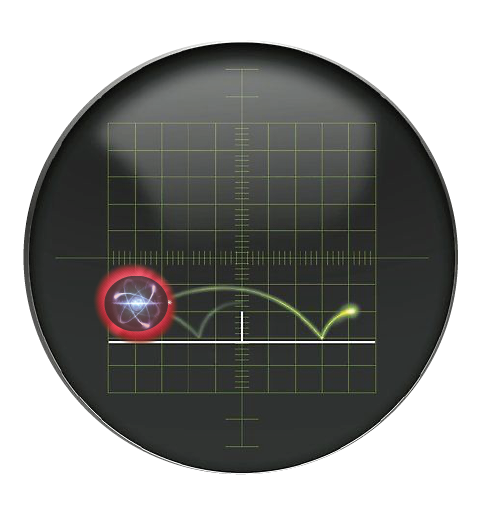Quantum Game Club
 Vannevar Bush in 1945 predicted most of the digital technology revolution even before the invention of transistors. The prospect of a quantum revolution ignites excitement in scientists and engineers similar to that of mid 20th century. It is however hard to predict what the impact of such technology in human life would be. The current approach of academia and industry is to develop a large-scale time-shared quantum machine to solve some difficult problems. Even though it is not clear when it would be available and what it would be able to solve, the rich physics and novel dynamics of such machines will most definitely mark a new chapter in the history of technology.
Vannevar Bush in 1945 predicted most of the digital technology revolution even before the invention of transistors. The prospect of a quantum revolution ignites excitement in scientists and engineers similar to that of mid 20th century. It is however hard to predict what the impact of such technology in human life would be. The current approach of academia and industry is to develop a large-scale time-shared quantum machine to solve some difficult problems. Even though it is not clear when it would be available and what it would be able to solve, the rich physics and novel dynamics of such machines will most definitely mark a new chapter in the history of technology.
Looking back at the 1960s, the notion of a large-scale time-shared machine was the only practical future, engineers and scientists could agree on. This notion, however, quickly changed when the importance of personal computers and human interaction with machines was revealed after a series of demonstrations, including the “Mother of All Demos” by Engelbart (1968) and Xerox Alto (1973), more than a decade before personal computers entered the mass market.
When it comes to creating a culture embracing new technology, one should not underestimate the impact of the broader community developing open-source applications. The first-ever monitor was demonstrated when J. Kates developed the game Bertie the Brain in the 1950s. The game “Tennis for Two” showed that anyone with basic motor skills could use a complex machine. The 1962 “Spacewar!” was arguably the most influential game in the history of games. The open-source culture later gave rise to the birth of Linux (1991).
When we as a society realized the profound impact of digital technology in personal lives, it not only enabled the invention of human-machine interfaces it also motivated the industry to personalize technology, ultimately changing the course of human history.
Despite being as (potentially) influential, quantum technology has not paced as fast as classical technologies and it is hard to predict its future. This is primarily because both the knowledge and hardware of quantum technologies are not as widely available to the broad community as digital electronic technologies in the ’70s.
What if we can make the quantum hardware accessible for the community of hobbyists, engineers, and scientists? What if the community develops the first Quantum “Tennis for Two” played with trapped atoms? Or the first human interface with the quantum machines? Could it shape a community of quantum hobbyists giving birth to a new Steve Jobs of quantum computers? As Alan Kay put it: “the best way to predict the future is to invent it”.
The idea of “The Quantum Game Club” is to flourish a community of intellectual engineers and scientists by providing the necessary education and resources to purely have fun, invent fun activities, and distribute it while working with quantum machines. As a community, we will invent machines and applications we never thought we would ever need. We will work with companies including Microsoft, Quantum Computing Inc, IBM, Entanglement Inc. , and research labs which are actively working to develop state-of-the-art virtual and physical layers of future quantum systems to make this goal a reality.
For more information about how to join the club, please visit IQ-PARC.
